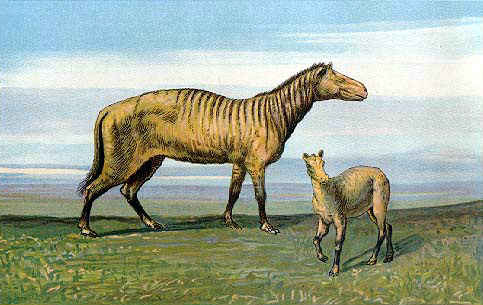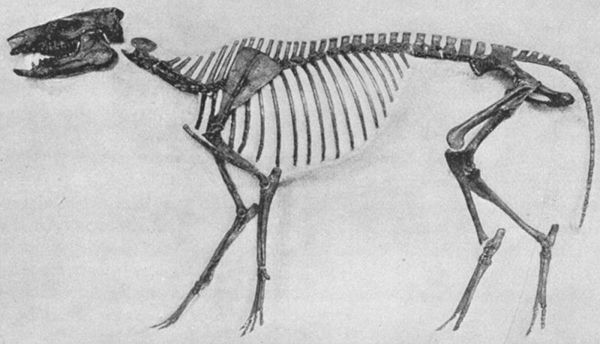
The earliest evidence of the Orohippus is in North America during the mid-Eocene era, about 2 million years after the little eohippus. Although this species was not as abundant as their smaller cousins and their fossils are only found on the North American continent.
Almost Brothers
The anatomical differences between the two animals are small, although the Orohippus tended to be of more slender build with longer hind legs.

Many of the prehistoric horses tend to resemble modern deer more than the domestic horse of today.
Hidden Meaning
Orohippus means ‘mountain horse’ but they didn’t live in the mountains. The name is thought to correspond with their first fossils being found near a mountain in Wyoming.

Family Tree
The equidae family has a large and complicated tree and it’s branches are still subject to controversy. While these extinct species are part of the equidae family they may not actually be related to your horse of today. Before you go be sure to meet the also extinct Quagga & Eohippus.
Wait, how many toes did orohippuses have? I counted four on the front feet, but only two in the back feet.